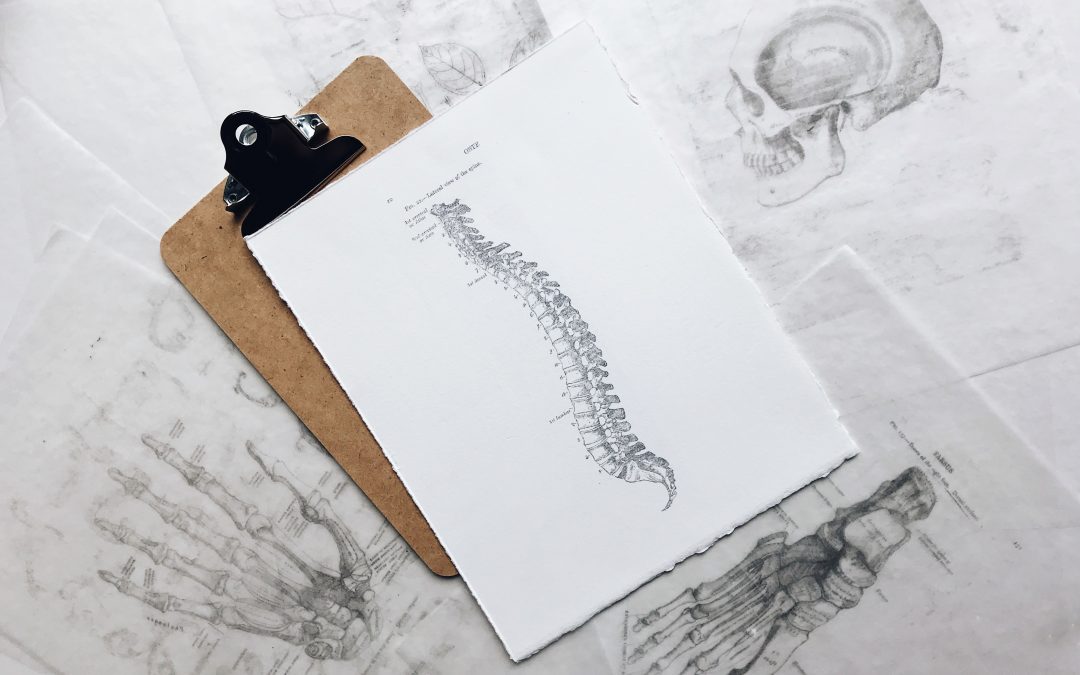What is subluxation?
If you’ve been around a chiropractor for any length of time as I have, you’ve probably heard the word “subluxation” thrown around.
The fact that you’ve arrived on this blogpost proves that you are a more curious person than I. After nearly a decade of visits to Dr. Hendricks, I finally thought to ask: “What is subluxation?”
I would like to share with you what I’ve learned. Maybe you’re looking to ease some fears. Or maybe you’re just driven by curiosity. Either way, I’ve got answers for you.
What is Subluxation?
Subluxation, in short, is a partial dislocation. In the chiropractic world, this means a misalignment of the vertebrae. Identifying and realigning subluxations is essentially the backbone of chiropractic care. It makes sense, now, that Dr. Hendricks likes to use the word.
When a vertebrae is out of place, it can pinch an adjacent nerve. The result can range from slightly uncomfortable to completely hindering your quality of life.
Symptoms
While most people may associate the need for a chiropractor visit with back and/or neck pain, these are not the only symptoms of a possible subluxation of the spine. Your central nervous system controls, well, everything. So when a vertebrae is not quite in its rightful place and a nerve is pinched, communication with the whole rest of your body is impacted. You could be malfunctioning right now.
Here’s the thing: you may not even realize you’re suffering. Subluxation affects different people in different ways and to different degrees. But one thing you can depend on when it comes to subluxation is the fact that it is definitely harmful to your health.
Take a look at these common symptoms:
- Pain
- Headaches
- Stiffness
- Weakness
- Numbness
- Tingling
- Dizziness
- Tenderness
There’s no reason to keep wondering why your shoulder blade is tingling or you have random bouts of dizziness. Don’t waste another day suffering from headaches or back pain. Find out if these life-hindering symptoms could be evidence of subluxation by calling Amberwood Terrace Chiropractic right away.
Causes
There are a whole host of reasons why you may have a vertebrae shifted out of place. But these reasons can typically be broken down into three types: physical, chemical, and emotional. And yes, that covers basically every area of life.
The physical causes include injury from a fall or accident of some kind. You may have poor posture, use repetitive motion, or sleep in a harmful position.
The chemical causes include drugs and alcohol, of course. But environmental pollutants and poor diet are also key factors.
The emotional causes include all those negative and stressful emotions that wreak havoc on both your mind and your body.
How to Fix Subluxation
In some cases, a misalignment can correct itself. But often, a visit to the chiropractor is the fix that you need. A chiropractor can determine where that subluxation is and apply the right kind of force in the right direction to make the correction safely and effectively.
Through a series of adjustments, your spine will begin to adapt to the correct alignment. The stress on the nerves will be alleviated and your body will be allowed to heal itself.
One more thing I’ve learned about subluxation that I believe is important for all of us to understand: you could be suffering from a misalignment without any symptoms at all. Oftentimes, you won’t notice symptoms until the problem gets worse. Don’t wait for the pain or put up with it any longer. Visit the excellent doctors at Amberwood Terrace Chiropractic right away. Your quality of life depends on it!

